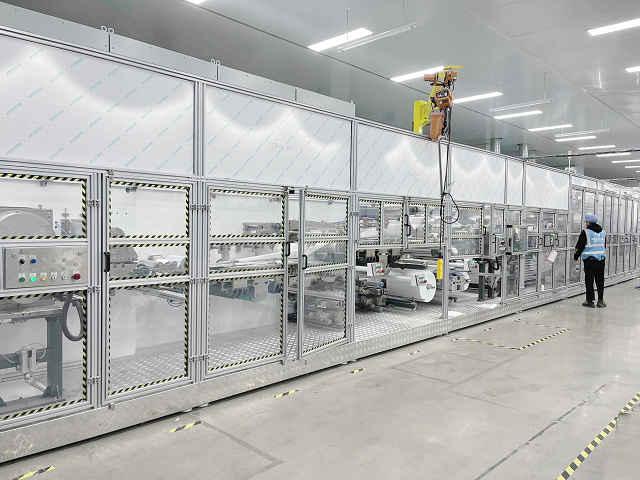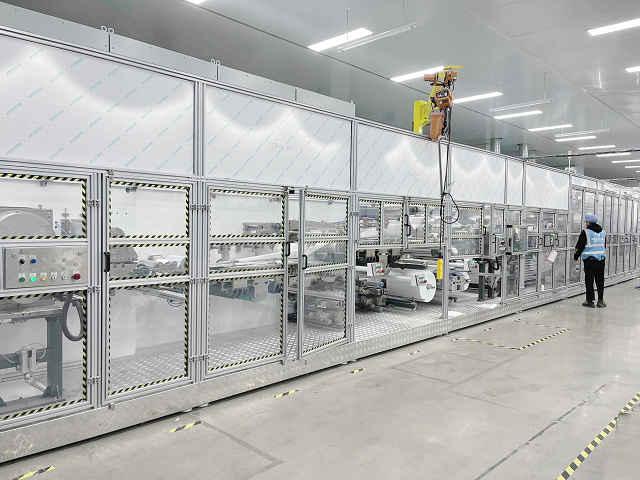Author:Haina Machinery Factory FROM:Diaper Machinery Manufacturer TIME:2025-01-15
Disposing of used diapers can be a challenging task for parents and caregivers. With the increasing concerns over environmental impact and hygiene, finding the best way to manage this waste is crucial. In this article, we will explore various methods for disposing of used diapers, weighing their pros and cons, and offering practical tips to ensure a cleaner and safer environment.

Before discussing disposal methods, it’s essential to understand the types of diapers available. There are primarily two categories: disposable diapers and cloth diapers. Disposable diapers are made from synthetic materials and are designed for single use, while cloth diapers are reusable and made from natural or synthetic fabrics. Each type has different disposal needs and environmental impacts.
Disposable diapers are convenient but present significant disposal challenges. The most common method of disposal involves simply throwing them in the trash. While this is straightforward, it contributes to landfill waste, as these diapers can take hundreds of years to decompose. To mitigate this impact, consider the following strategies:
When disposing of disposable diapers, the best practice is to seal them in a plastic bag before placing them in the trash. This helps contain odors and prevents any leakage that could attract pests. Many parents find diaper disposal bags specifically designed for this purpose to be highly effective.

Diaper disposal systems are specially designed containers that can hold multiple used diapers before sealing them away. These systems often use a multi-layer sealing technique to contain smells and germs. Brands like Diaper Genie offer models that are user-friendly and efficient, making them a popular choice among parents.
Some eco-conscious parents opt for composting as a way to dispose of used diapers. However, this method is primarily applicable to biodegradable diapers, which are made from plant-based materials. Composting requires careful segregation and proper management to ensure safety and hygiene, making it less practical for many households.
Another innovative approach is sending used diapers to waste-to-energy facilities. These facilities convert waste into energy through incineration, significantly reducing landfill volume. Some regions have begun to implement programs specifically for diaper disposal, allowing parents to drop off their used diapers at designated locations.
Cloth diapers offer a more sustainable alternative, but they also require specific disposal methods. Unlike disposable options, used cloth diapers need to be cleaned and sanitized before being laundered. Here are some key considerations for disposing of cloth diapers effectively:

After removing a cloth diaper, it should be rinsed to minimize odors and bacteria growth. Parents often keep a wet bag or pail specifically for dirty cloth diapers until they are ready for laundry. Using a breathable material for storage helps prevent mildew.
When washing cloth diapers, it’s essential to follow proper washing techniques. Most experts recommend using hot water and a detergent free from fragrances and additives. Additionally, it's advisable to wash cloth diapers separately from other laundry to avoid contamination.
If cloth diapers are no longer usable, consider donating them to a local charity or community program that supports families in need. Some organizations may accept gently used cloth diapers, allowing them to serve another purpose rather than ending up in landfills.
Regardless of the disposal method chosen, health and hygiene should remain a top priority. Always ensure that used diapers are handled safely, washed hands thoroughly afterward, and any surfaces that come into contact with diapers are cleaned regularly. This practice helps prevent the spread of germs and maintains a healthy environment for both children and caregivers.
In conclusion, choosing the best way to dispose of used diapers depends on several factors, including personal preferences, environmental concerns, and local disposal regulations. Whether opting for disposable or cloth diapers, each method has advantages and challenges. By implementing responsible disposal practices—such as sealing disposable diapers, utilizing diaper disposal systems, or properly managing cloth diaper cleaning—parents can help reduce the environmental impact and ensure a cleaner, healthier home for their families.
